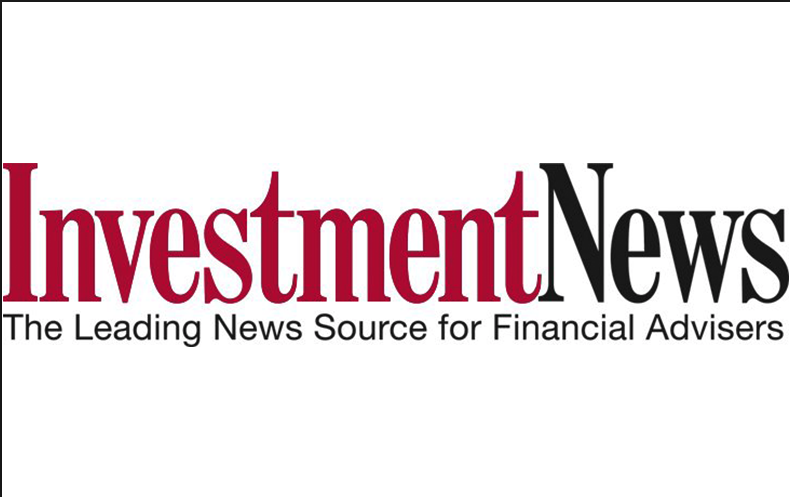As our industry has waited with trepidation for the Department of Labor to finalize its fiduciary rulemaking process over the last several years, advisers and broker-dealer executives alike have come to feel like a patient awaiting a gloomy diagnosis from a doctor. While the doctor's news may be tough to hear, the wait — and the attendant anxiety — are almost worse.
We and other members of our industry have always viewed serving clients' best interests as a bedrock principle of our business, and we support efforts to further this crucial goal. The DOL rule is expected to introduce significant changes to advisers' business processes, operations and portfolio management. While firms' assessments of the final rule are ongoing, it is already clear that the regulation's more stringent requirements for retirement account advisers will create significant changes to how we do business in the years ahead.
It is time for firms that support independent advisers to do what our industry does best — parse through complex financial changes to bring order to chaos. While the DOL's new rule is broad, the basic outline of our response should be simple: Educate advisers on the changes that will be coming and the effects on their businesses; quantify the potential impacts for each adviser; and develop actionable plans that will guide advisers and their clients back to stability and growth.
1) Educate. Now that the final rule is on the table, advisers and other members of our industry can finally begin to digest its potential implications for their businesses. Many firms are addressing this challenge by assigning members of their in-house and external legal teams and compliance staff to comb through the rule and analyze what they and their advisers will need to do to ensure compliance. While this is a step in the right direction, advisers will have a difficult time utilizing this information unless they understand specifically how the rule will affect their individual practices and clients.
Firms should make every effort to include advisers' relationship managers and their in-house consulting teams in the process of assessing and disseminating information about the rule. Firms that effectively communicate their response plans through in-person discussions, detailed FAQs and other vehicles will be best positioned to help their advisers succeed in this new environment.
2) Quantify. Much of advisers' unease about the DOL rule comes from not knowing the magnitude of its potential effects. Firms can work to assuage these fears by providing standardized tools to help advisers put a number on the portion of their business that may be impacted once the rule goes into effect. Start by quantifying each adviser's business from qualified retirement accounts, and then provide a detailed analysis in order to better assist them in transitioning that business.
Firms can help advisers make this transition smoothly and successfully by providing them with a consolidated preparedness score that would incorporate factors such as the adviser's most recent client segmentation analysis, whether the adviser has developed a client service matrix with specific deliverables and deadlines and the adviser's effectiveness in maximizing fee-based products. Combining this information on each adviser's practice into a consolidated indicator of their DOL readiness would provide a great deal of clarity in the face of this significant regulatory change.
3) Plan. In addition to helping advisers see where they stand on the overall map of DOL readiness, the review exercise should also help them chart a path forward in conjunction with their broker-dealer. Firms can use advisers' responses to the questions in the review to connect them with relevant resources within the broader organization on topics ranging from developing greater proficiency with fee-based offerings, to leveraging CRM systems to document client interactions or resolving basic licensing issues.
Firms that are able to deploy expert consulting and relationship management teams to assist advisers and are able to respond to other DOL-related questions or issues that may come up will be well-positioned to help advisers thrive throughout this challenging transitional period.
There is no question that the move to a post-DOL fiduciary world will be trying for many firms and advisers. The more structure we can provide advisers during this seismic shift, the more likely they will be to emerge on the other side with stable, prosperous practices and happy, satisfied clients. By working to replace ambiguity with solid metrics and providing advisers with the guidance and resources they need to move forward, broker-dealers can ensure alignment between clients' and advisers' interests, while also strengthening their partnerships with advisers and positioning themselves for continued growth in the post-DOL environment.
Adam Antoniades is president of Cetera Financial Group, a network of independent broker-dealers.







